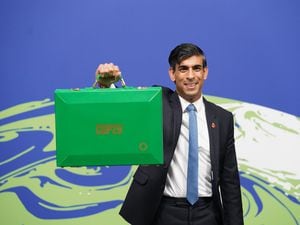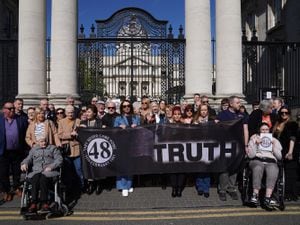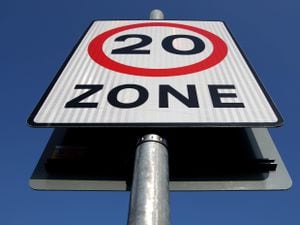ONS highlights extent to which households may cope with income shock
The data found self-employed households are more likely than those with people who work for an employer to have savings which could tide them over.

Self-employed households are more likely than those containing people who work for an employer to have savings which could tide them over a temporary fall in income, new figures suggest.
Employees on lower earnings and younger workers could be particularly vulnerable if they suddenly needed to cover a temporary income shortfall, the Office for National Statistics (ONS) data shows.
Many households will see their budgets come under pressure in the coming months as the financial impact of coronavirus continues, although the Government and lenders have announced a wide range of support available.
The ONS released the data as an indication of the extent to which different types of households may have built up some financial resilience.
Its figures, taken from the Wealth and Assets Survey, cover the period April 2016 to March 2018.
The ONS said nearly three-quarters (73%) of households in Britain whose head is an employee had sufficient financial assets to cover a 25% fall in their household employment income for three months.
Just over half (54%) were able to cover a 75% fall for three months.
On average, households with a self-employed head were more likely to have a savings buffer.
Just over three-quarters (76%) of self-employed households had enough financial assets to cover a 25% fall in their household employment income, and 61% could cover a 75% fall for three months.
The ONS said the differences in the savings buffers of employees and self-employed households were larger among lower earners.
Within those in the lowest fifth of incomes, 69% of self-employed households had sufficient financial assets to deal with a 25% fall in their household earnings for three months, compared with 60% of those with an employee as household head.
By contrast, in the top fifth of incomes, 90% of employee-led households and 86% of self-employed households had enough savings to cover a 25% fall in their household employment income for three months.
The ONS also found that older households were most likely to be able to have enough savings to cover a fall in their household employment income.
Nine in 10 self-employed households with a head aged between 55 and state pension age could cover a 25% income fall for three months, compared with 57% of those aged under 35.
The statistics are classed by the ONS as “experimental” as they are still under development.
While the figures were collected some time before the coronavirus outbreak, the ONS said they “provide insight into groups that may be more likely to experience difficulties during the current economic climate”.





